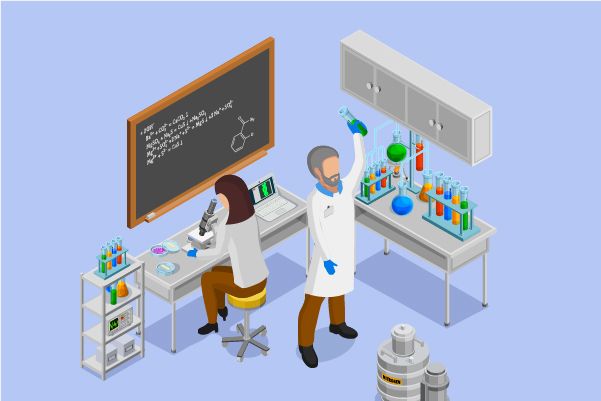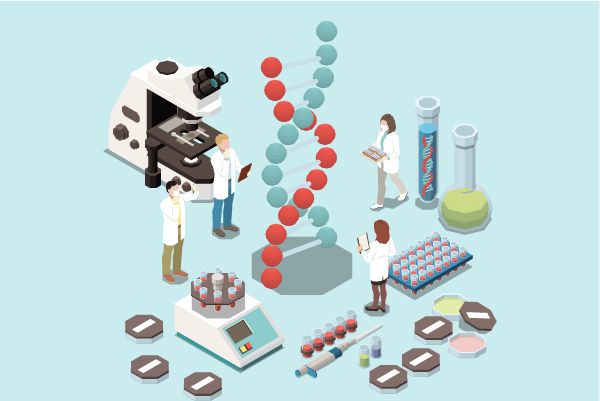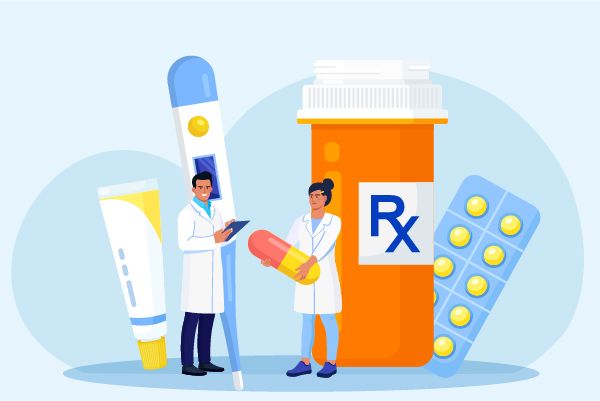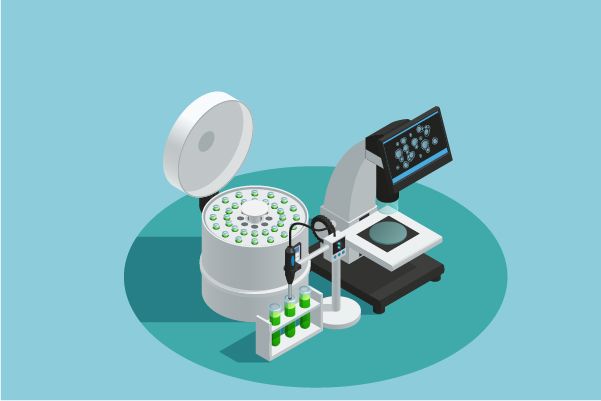Request Demo
Pharmaceutical Insights
Navigate pharmaceutical trends with our insights on targets, institutional pipelines, clinical advances, and new drugs.

Recent blog posts
Latest Hotspot
3 min read
First patient given TN-201 in Tenaya Therapeutics' MyPeak-1™ Phase 1b trial for MYBPC3-related Hypertrophic Cardiomyopathy
19 October 2023
First patient administered by Tenaya Therapeutics in MyPeak-1™ Phase 1b Clinical Trial for TN-201 treatment to address MYBPC3-Associated Hypertrophic Cardiomyopathy.
Valuable Targets
4 min read
Advances in Clinical Research on Janus Kinase Inhibitor
19 October 2023
Janus kinase inhibitor, often referred to as JAKi, is a type of oral small molecule chemically synthesized drug.
R&D Pipeline
2 min read
Latest Competitive Analysis of Roche Drug Pipeline
18 October 2023
The Swiss pharmaceutical giant Roche has seen sluggish growth in its oncology division, with almost no increase in four years, worsened further by the weakening of the diagnostic division due to the COVID-19 pandemic.
Drug Insights
5 min read
Decoding inositol nicotinate: A Comprehensive Study of its R&D Trends and Mechanism on Drug Target
18 October 2023
This article summarized the latest R&D progress of inositol nicotinate, the Mechanism of Action for inositol nicotinate, and the drug target R&D trends for inositol nicotinate.
Latest Hotspot
3 min read
Oncternal Therapeutics begins phase 1/2 trial of ONCT-534, a dual-action AR inhibitor, on metastatic castration-resistant prostate cancer patients
18 October 2023
Oncternal Therapeutics starts administrating the first dose in phase 1/2 trial of ONCT-534, a dual-action AR inhibitor, for metastatic castration-resistant prostate cancer patients.
Valuable Targets
4 min read
Analysis on the Research Progress of Neprilysin Inhibitor
18 October 2023
Neprilysin, also known as membrane metallo-endopeptidase (MME), neutral endopeptidase (NEP), cluster of differentiation 10 (CD10), and common acute lymphoblastic leukemia antigen (CALLA) is an enzyme that in humans is encoded by the MME gene.
Latest Hotspot
3 min read
Janssen applies to European Medicines Agency for approval to use RYBREVANT (amivantamab) plus chemotherapy for newly diagnosed advanced NSCLC patients with EGFR Exon 20 Insertion Mutations
18 October 2023
Janssen applies to the European Medicines Agency, seeking approval for using RYBREVANT (amivantamab) combined with chemotherapy to treat adults initially diagnosed with late-stage Non-Small Cell Lung Cancer with proficient EGFR Exon 20 Insertion Mutations.
Drug Insights
4 min read
Deep Scientific Insights on interferon beta-1b's R&D Progress, Mechanism of Action, and Drug Target
18 October 2023
This article summarized the latest R&D progress of interferon beta-1b, the Mechanism of Action for interferon beta-1b, and the drug target R&D trends for interferon beta-1b.
R&D Pipeline
2 min read
Latest Competitive Analysis of AbbVie Drug Pipeline
18 October 2023
Since acquiring Allergan, AbbVie has experienced a period of stable performance, but this year has seen a significant decline in the performance of its two heavyweight drugs, Adalimumab and Ibrutinib.
Drug Insights
5 min read
An In-depth Analysis of itopride hydrochloride's R&D Progress and Mechanism of Action on Drug Target
18 October 2023
This article summarized the latest R&D progress of itopride hydrochloride, the Mechanism of Action for itopride hydrochloride, and the drug target R&D trends for itopride hydrochloride
Latest Hotspot
3 min read
Rivus Pharmaceuticals' HU6 2a trial showed positive outcomes in treating high BMI individuals with Non-alcoholic Fatty Liver Disease
18 October 2023
The 2a trial of Rivus Pharmaceuticals' experimental metabolic booster, HU6, yielded promising results in treating High BMI individuals with Non-alcoholic Fatty Liver Disease.
Drug Insights
4 min read
laquinimod: Detailed Review of its Transformative R&D Success, Mechanism of Action, and Drug Target
18 October 2023
This article summarized the latest R&D progress of laquinimod, the Mechanism of Action for laquinimod, and the drug target R&D trends for laquinimod.











